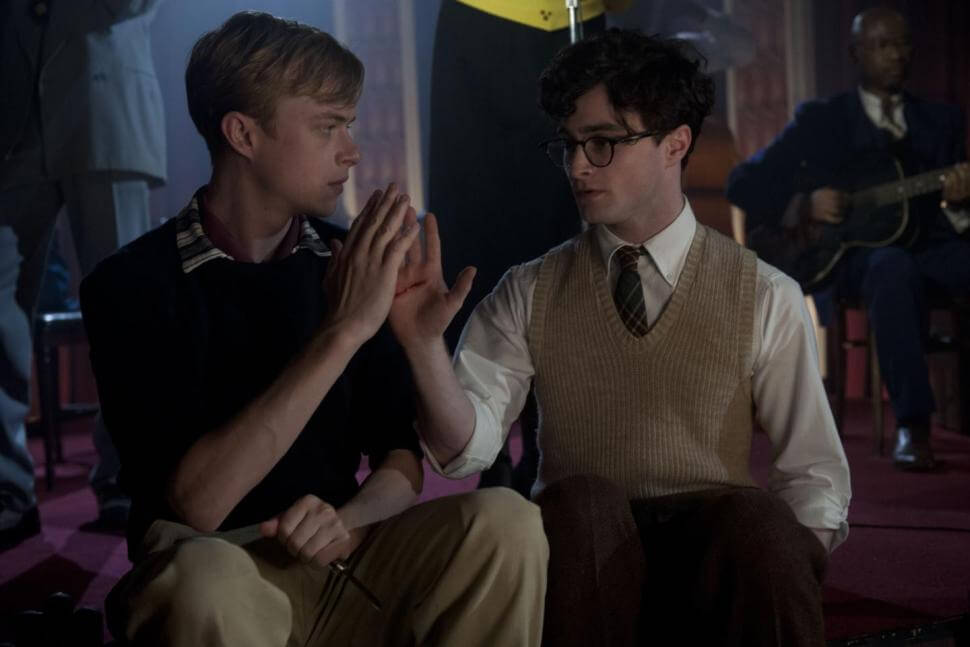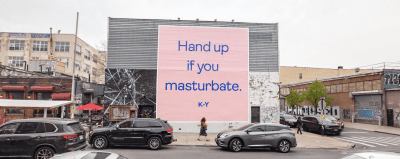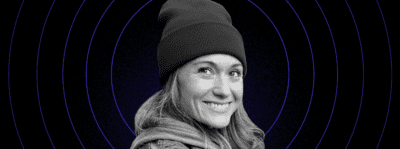Deliver Us from Geek Chic


All the twee, faux-literary men.
The popularity of Warby Parker, the $95-a-pair eyewear retailer and B corporation founded by four guys from Wharton Business School, can be attributed as much to its affordability and social mission as to its aesthetics—bold, plastic frame designs, most named after famous writers or literary characters; young, attractive sales staff; and walls stacked high with books. Perhaps this air of urbane cool owes to the fact that Warby Parker is as popular for its non-prescription lenses as its prescription ones.
Indeed, when you approach the counter with your Huxleys or Sinclairs or Langstons, they ask, “Are these for vision or for fashion?” To lifelong glasses wearers, the question is almost an insult. Now that we’ve decided glasses look smart instead of mousy, high school jocks with 20/20 vision are forming lines around the block. Deliver us from “geek chic.”
I went to the Warby Parker on Greene Street a few months ago to get some real glasses. There, a young, blonde woman in a blue lab coat told me, semi-informatively, that the store is named for “two characters from Jack Kerouac books.” Googling reveals them as Warby Pepper and Zagg Parker, named in Kerouac’s unpublished journals. Pretty arcane stuff. Everything in the Greene Street store echoes this semi-informed, pseudo-intellectual posture of knowing what to know and how to show it. It is the interior design equivalent of tortoise shell browline frames without prescription lenses.
In the Greene Street store, multiple copies of Allen Ginsberg’s Howl and Other Poems are arranged under glass in two waist-height display cases. Customers cannot open the cases, to read Howl—though of course presumably they’ve already read it—and so it decorates the space with merely implied significance. (But not too much—lambasting capitalism and conformity could be bad for business.) On floor-to-ceiling bookshelves along the walls, hardcover books sans dust jackets are organized by color, which may be the least sophisticated method of organization after height and thickness. But be that as it may, the shelves’ contents have been meticulously curated. In the blue/black section, Les Fleurs du Mal and a Bob Dylan biography mingle with Hemingway B-sides, while lower, face-out shelves display a selection of titles published by McSweeney’s—those monarchs of twee—including work by Dave Eggers, David Byrne, and George Saunders. It’s not clear whether these books are for sale or only decoration, but no one’s really browsing anyway.
This past winter, at a J. Crew in Manhattan, I observed a similar phenomenon: a dark wood bookshelf, sparsely lined with a few nondescript, leather-bound books, on a wall near the men’s sale rack. While I suspect this was meant to bolster the “prep school industrial” ambiance of the J. Crew men’s section, I’m inclined to believe Warby Parker’s bookshelves are meant to flatter the egos of its clientele. Ah, Bolaño, we meet again.
But so what, really. Four Ivy League business students had better be able to figure out who would buy fake glasses in New York City, and how. These carefully selected reference points are the benchmarks of twee, and the cornerstones of Warby Parker’s appeal. What’s even twee-er is Warby Parker’s commitment that every pair of glasses bought in New York or Los Angeles contributes to a pair sold affordably elsewhere in the world. It’s the TOMS of trendy eyewear, plus Beat poets.
It may seem dramatic to view popular urban culture as a whole through the lens of—well, of a pair of Warbys—but we seem to be at a saturation point, both of information and of an expectation to have an opinion about everything worth reading, or seeing, or listening to. Our social space has become so packed tight with cultural verticals that cultural literacy is more a matter of convincing reference than of actual literacy. Why read Nabokov if you can reliably title-drop him? Or Kerouac, for that matter? In a city and an era where you can buy a well-rounded book collection by the foot, what does it mean to be well-read?
Warby Parker’s color-separated literary canon affirms a well-cultivated sphere of reference, and in the Age of Twee, seeming well-read may more important than being it, as long as you can tell your Rimbaud from your Rilke. By the same rule, looking like you need glasses means as much as really needing them. Form supersedes function, especially if you can pull off a pair of Becketts.
Follow John Sherman on Twitter @_john_sherman.
CORRECTION: A previous version of this article incorrectly listed the price of Warby Parker glasses as $99 a pair. They cost $95 a pair.
You might also like 




















